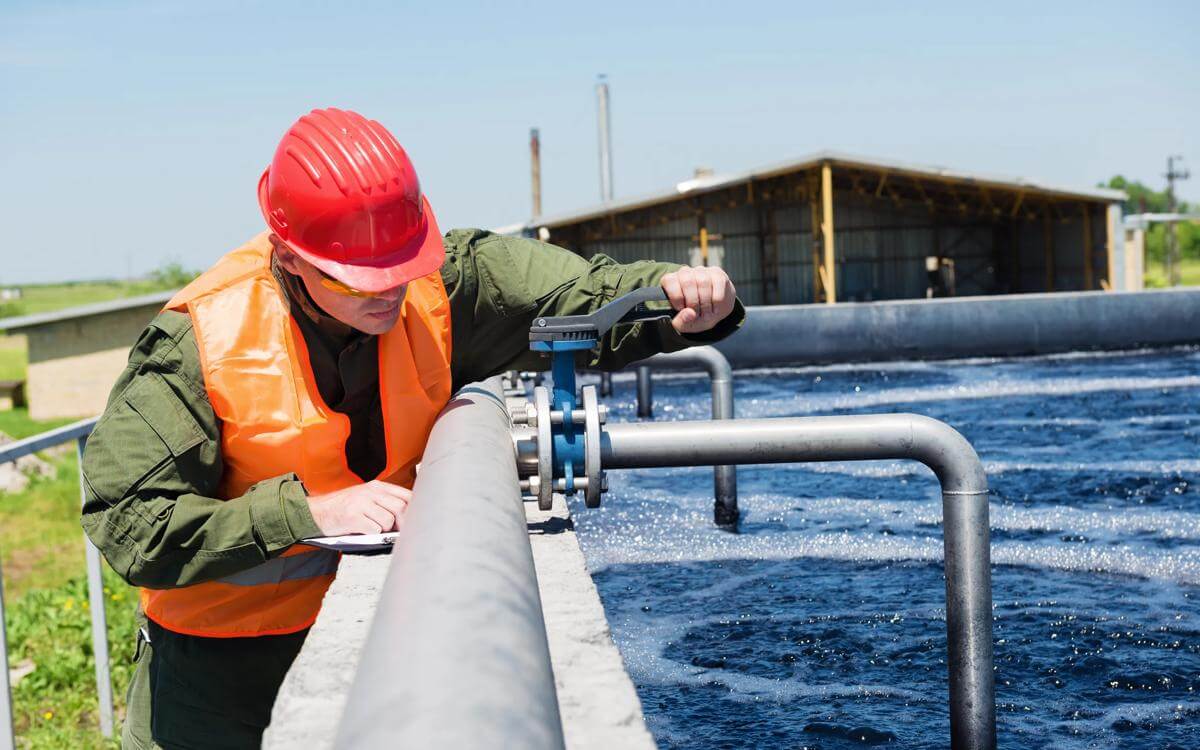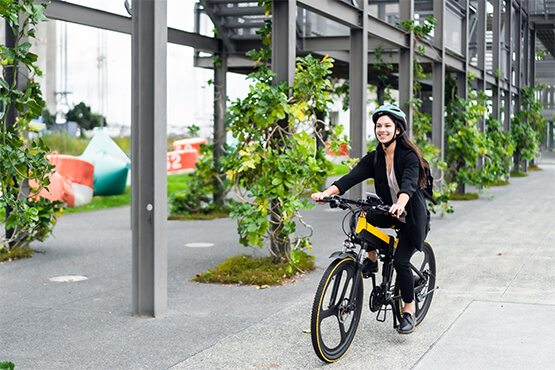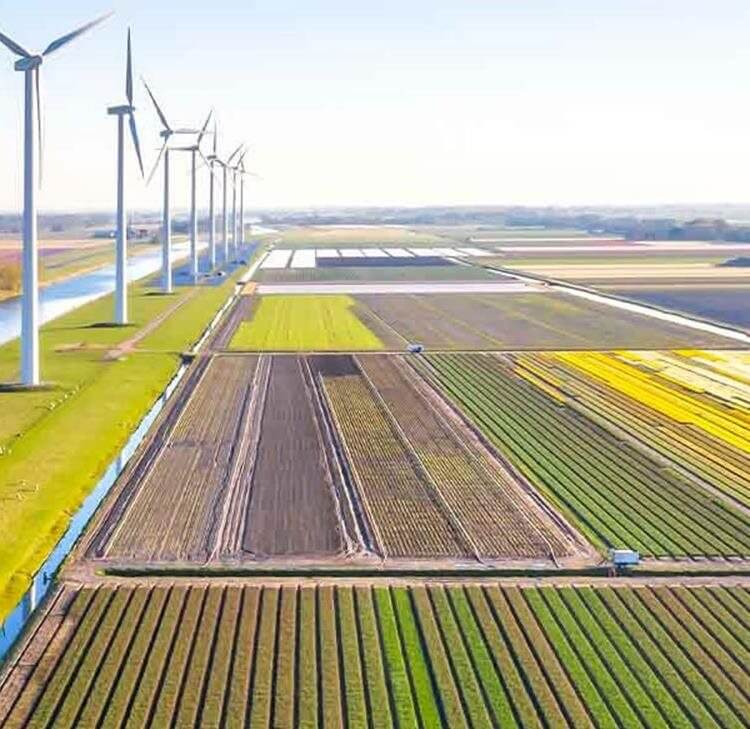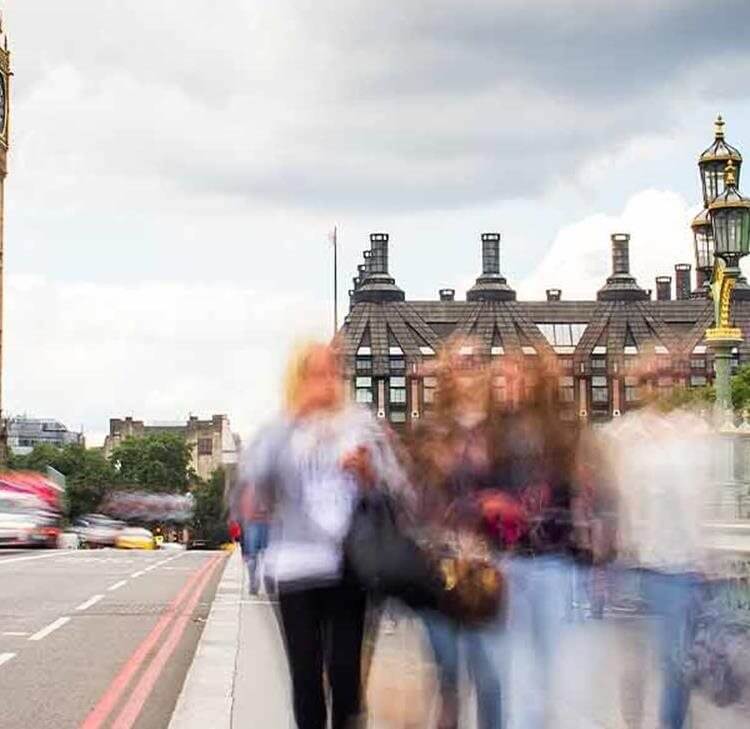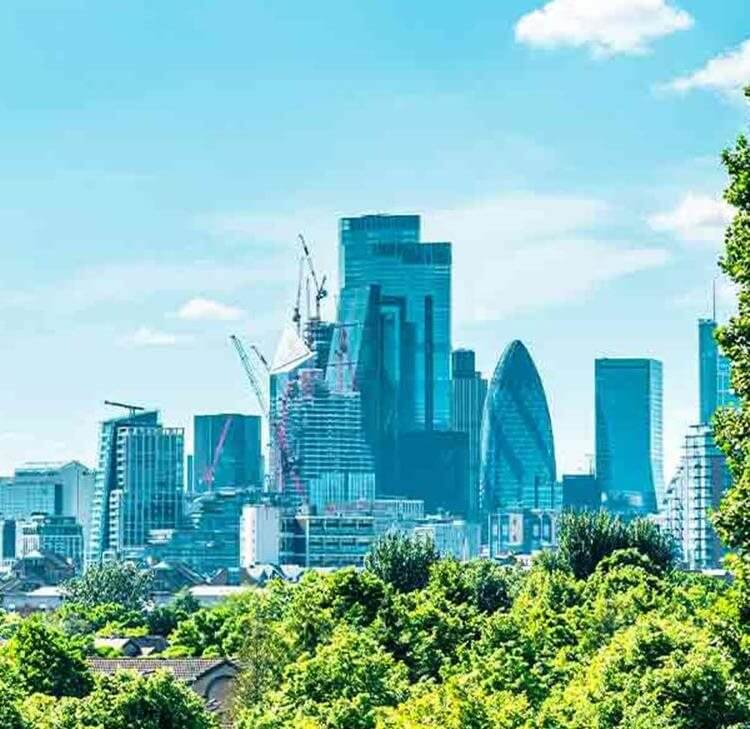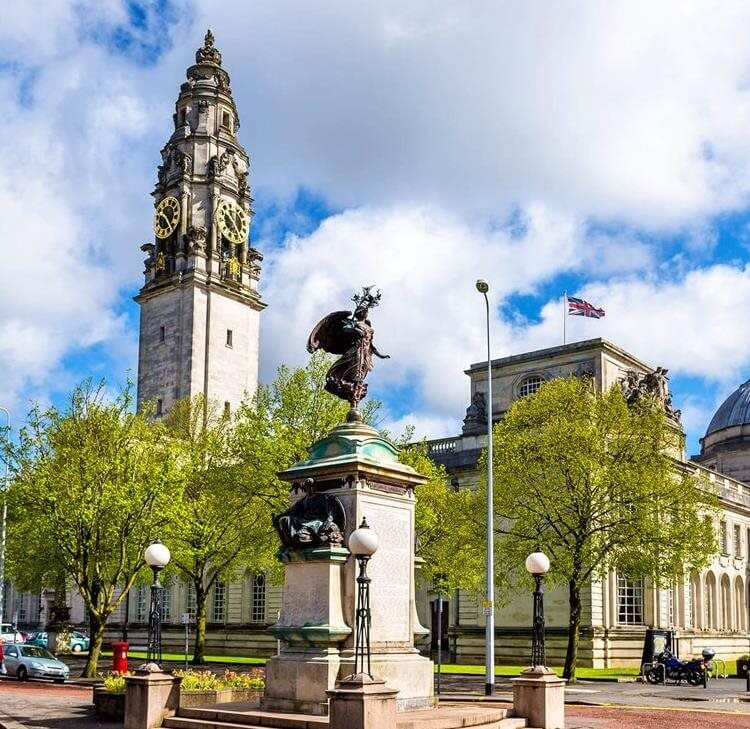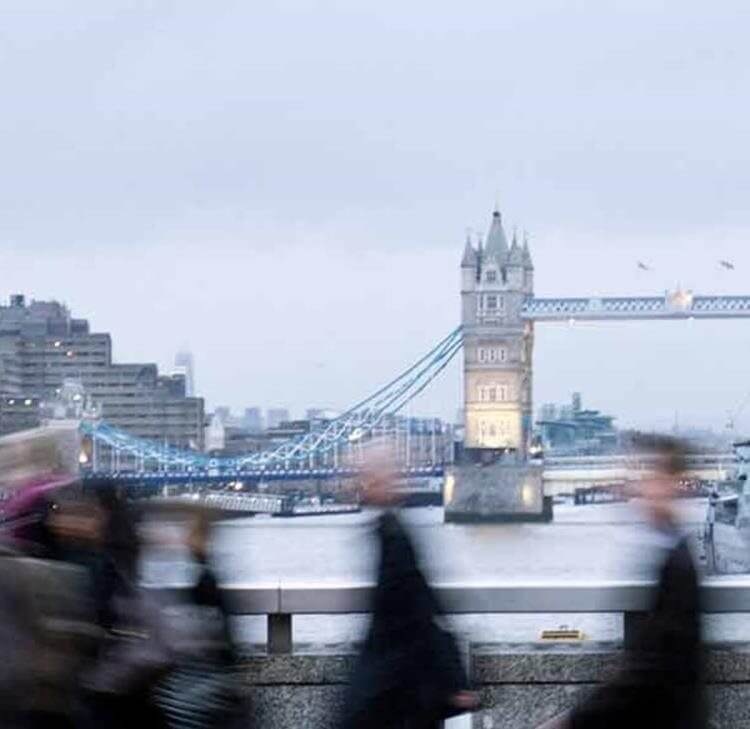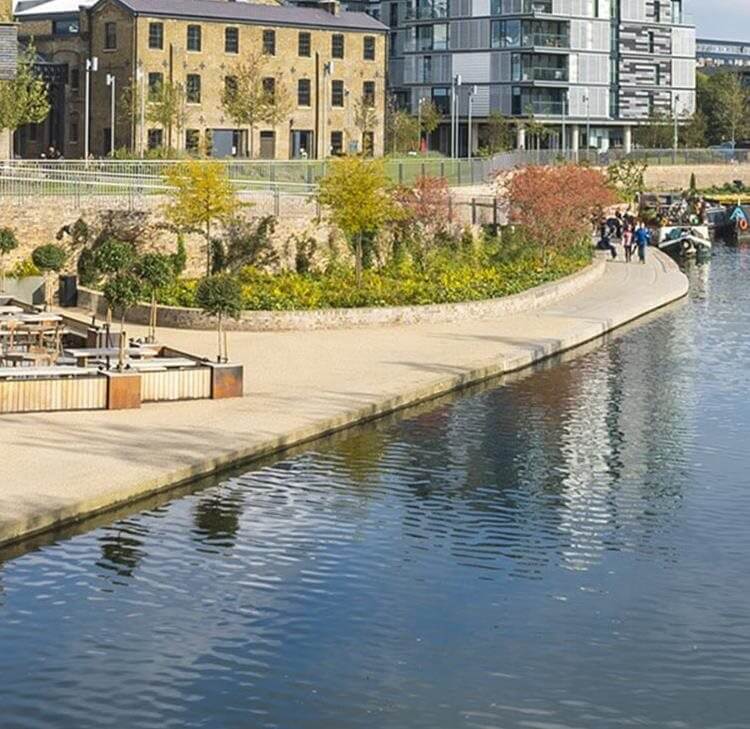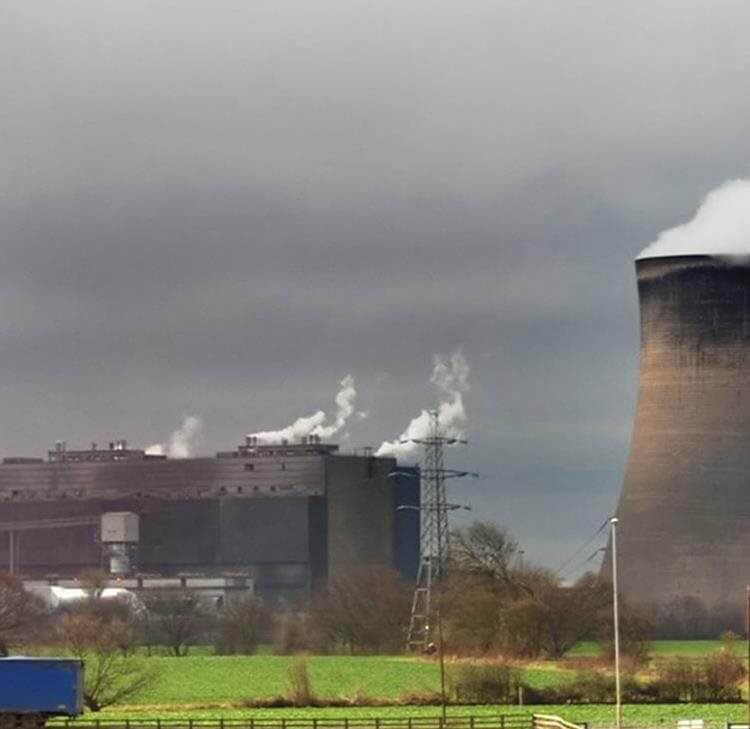During the recent COP28 the UK Prime Minister called for an “era of action” to tackle climate change globally. The United Nations called the 2020s the “decade of action” and has set key objectives (such as cutting carbon emissions in half) to be achieved by 2030. However, it’s often difficult to know what individuals and businesses can do to play their part.
An interesting element of the climate change discussion is that it’s impossible to argue for the changes when there are uncertainties surrounding the consequences on things like the environment. It’s maybe for this reason that, at this stage, the regulatory requirements to reduce emissions are a relatively light touch with comparatively little change demanded by government.
A more rigorous regulatory regime
It’s clear that businesses should be taking some action, particularly with the likelihood that the regulatory regime relating to environmental matters will become more rigorous. There’s currently a significant choice for businesses to be made between choosing whether, how or to what extent they should reduce their emissions.
This freedom can feel like a restriction and as deciding what to do is not always easy. When answering the question “what can I do?”, businesses must contend with the fact that the options available often involve compromises and uncertainty. As there is no clear option to take, these compromises and uncertainties risk stalling any attempt to make change and so the status quo prevails.
Electric vehicles
It’s broadly accepted that electric cars have a positive impact in fighting climate change and yet there’s still a very vocal minority highlighting the harm caused by battery production. It is a genuine concern, but one that does not currently outweigh the benefits of switching from petrol/diesel cars to electric.). It is this group that often fight for green hydrogen without highlighting the huge inefficiencies in creating green hydrogen.
Earlier this month, the world’s third largest car manufacturer, Hyundai, called for the focus to be on hydrogen rather than electric cars. Hydrogen cars are unlikely to be a viable proposition for many years and the impact this statement will have on discouraging the take up of electric cars is as yet unclear, but the uncertainty it causes is likely to encourage the status quo.
In reality, the breadth of options, each with their own positives and negatives, means that it’s easy to criticise organisations whichever course they take. Despite this, there’s growing pressure on organisations to act and in our experience as a law firm, this pressure comes from both clients and employees.
Sharing experience
At Browne Jacobson we’ve been working for many years to understand our environmental impact and to take steps to reduce this impact. It’s surprising how even things which should be relatively simple, such as data on energy use, can be surprisingly difficult to obtain due to issues outside of our control.
We have now established our baseline data and are working towards implementing an environmental management system compliant with ISO 140001:2015. The primary focus of this is on achieving our Carbon Reduction Plan.
Defining green objectives
From engaging with clients and speaking with other law firms, it’s clear that different businesses have different challenges and are in varying stages of their environmental aims. Whatever stage you’re at, it is useful to define what your objectives are and how important it is for you to reach them.
It’s also important to establish whether, as an organisation, the aim is to only undertake projects which have a net business benefit (in addition to the environmental benefit) or whether the business is willing to accept greater costs to achieve its green objectives.
Consideration should also be given to where regulatory pressures (and pressures from clients) are likely to be exerted in the future so that steps can be made at working towards compliance before compliance becomes mandatory.
Behavioural change
From our experience, we have found many organisations are willing to help us reduce our emissions (for a fee!) when, in reality, change is only going to be meaningful and effective if those within the business are onboard. This is especially the case in businesses where the primary resource is its people, and a change in behaviour is going to be a key part of emission reductions.
For us, this has meant the establishment of a network of people within the business who are actively involved in suggesting and implementing green measures within the business. It has also meant clear support from leaders within the business.
“There’s no one size fits all”
The process of becoming more sustainable is not necessarily an easy one. It’s clear that there is no ‘one size fits all’ when it comes to deciding what action should be taken. We believe it’s important to commit to driving a positive change and it’s very clear that our clients expect us to be taking action.
The regulatory direction of travel also is towards continued reduced emissions. Accordingly, developing a set of clear ambitions and engaging the business on the options for meeting those ambitions is essential. It’s important to remember not to let perfect be the enemy of good!












